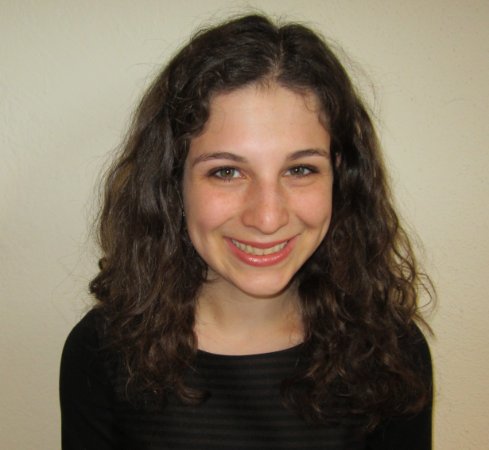What are the Hardest Math Classes?
Before you continue reading below, take a guess which math class(es) I am most often requested to tutor. No peeking!
Answer: geometry for high schoolers, probability & statistics for college students and young adults.
Runner-ups: Trigonometry, discrete/finite math. Requests from distressed high schoolers who did worse than expected in geometry last year and are still scarred from the experience.
Notice what doesn’t doesn’t crack the top 5: Calculus. Pre-calculus. Algebra.
Hopefully, upon reflection, my readers can relate. I certainly can. Geometry was definitely my weakest math area in high school. Whenever I took a math competition, I’d auto-skip the harder geometry questions: I knew 30-60-90 triangles and parallel line theorems, but after that I was pretty much out of tricks. If I needed to visualize higher dimensions for a math class, I’d run my hands over my textbook, my eraser, and any other accessible, prism-y object, trying in vain to develop intuition for 3D geometry.
At most high schools, calculus is considered the crowning acheivement of your mathematical career, a course only to be attempted after the redundant algII/precalc sequence. (The redundancy of algebra II followed by pre-calculus is a topic for another post.)
At my high school, almost everyone took calculus except for a small handful of the weakest students, who were relegated to some statistics/finite-math mash-up class. Almost no one took AP stats. (I tried to sign up junior year but it conflicted with my schedule.)
It’s probably true that students struggle more with geometry and statistics because they are inherently “harder” (read: more abstract and less procedural) than calculus and algebra. It’s also true that most high school curricula heavily emphasize calc/algebra at the expense of every other branch of mathematics, so that by the time they reach 12th grade, most students are much better prepared to take AP Calc than to take AP Stats. Indeed, most people I know who have taken both simultaneously find that they are doing worse in statistics.
This system is unfortunate for two reasons. The first is that statistics is incredibly important, and applies to a much broader range of fields than calculus does. And the second is that statistics is actually incredibly nuanced, the details and assumptions so subtle but crucial. So it’s particularly illogical to reserve statistics for the least mathematically-inclined students.
Luckily, this system is starting to change. Books by Nassim Taleb and Nate Silver have revealed the importance of a prob/stat education and the dangers of a statistically illiterate society. Top schools in NYC like Hunter are introducing probabilistic methods in middle school and revisiting them during every year of high school - and I believe other schools will eventually follow their lead.
One of the great things about tutoring is that I have a second chance at subjects I never quite mastered the first time around. Some of the statistics I’m learning makes it into this blog. And my brain is currently quite cluttered with useless geometry theorems, constructions, and proofs.
